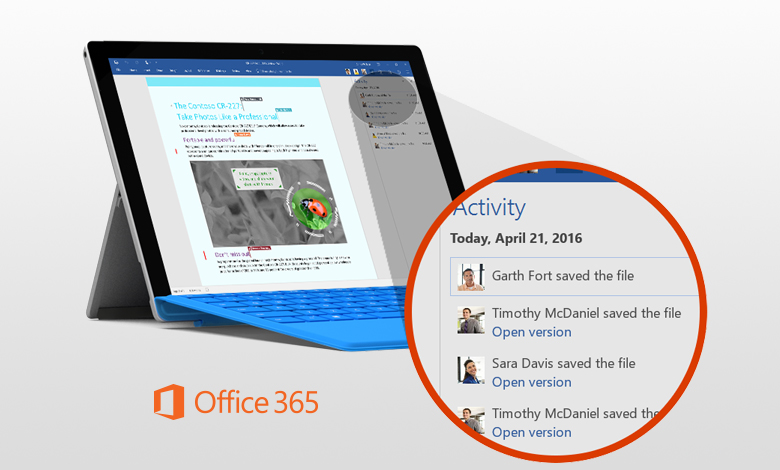When people think Microsoft and collaboration, they mostly think of SharePoint. As an implementer and longtime user of SharePoint, that’s where my mind would go too—until recently that is. While it is true SharePoint is used in over 400,000 organizations (70% of that are online) worldwide, collaboration today involves more. This blog will cover the constellation of collaborative tools Microsoft has available in 2018 and the role each tool plays.
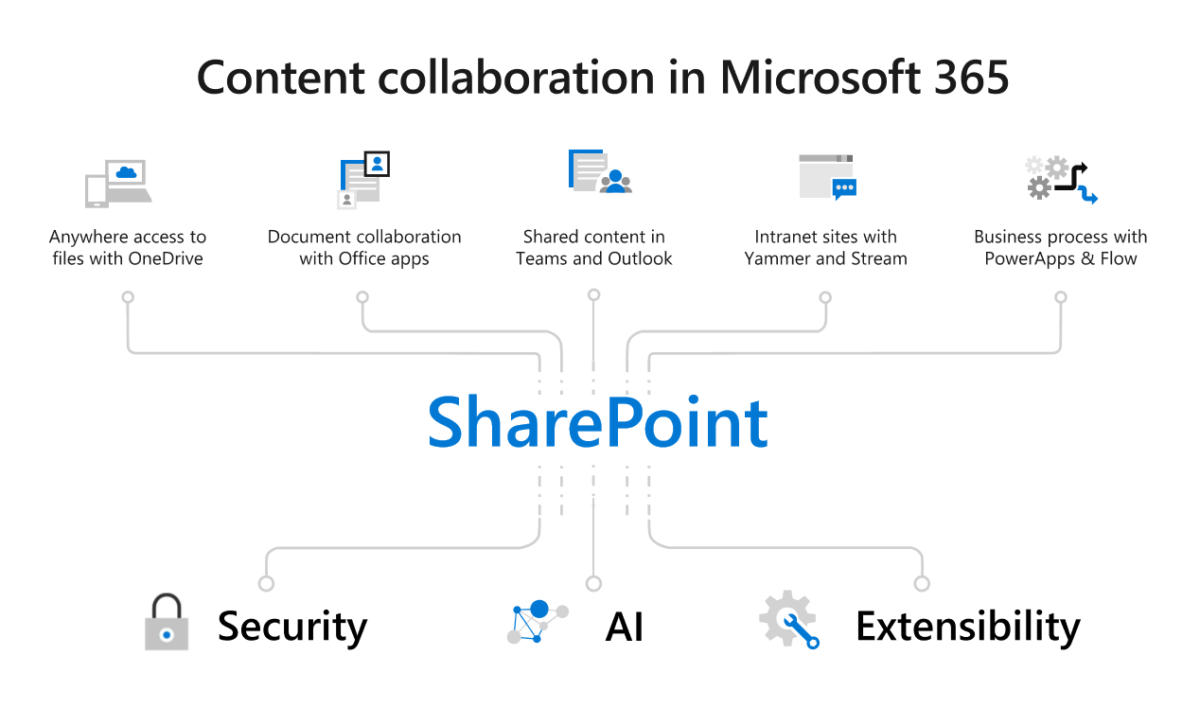
Figure 1 – High-level view of content collaboration in Microsoft 365
Collaboration Methods Overview
One thing about deploying any collaboration-based solution is that it involves everything to do with how people work each day—individually and across teams. The single biggest challenge is gaining user adoption.
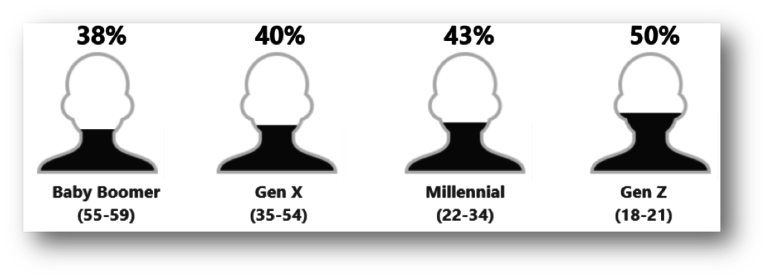
Figure 2 – What % of each generation feels stressed when new communications tools are introduced?
Achieving success involves understanding how people work each day, as well as the tasks that require teamwork. A new collaboration-based solution should improve how people work together, while introducing efficiencies into how content is shared and managed.
At a high level, the following involve different methods of collaboration:
- Developing documents, presentations, and spreadsheets
- Email and calendaring
- File storage and sharing
- Online meetings and business voice
- Working together from one area on projects (capture teamwork)
- Intranets and team sites
- Business process automation
- Enterprise social networks
- Content delivery or services
- Digital storytelling
Some of the items above focus on how indviduals create and share content, while others involve how teams of people can share and work together. Other areas to consider regarding collaboration include introducing efficiencies, such as automating business processes, sharing multimedia content, and making it easy for people to find needed content. Collaborating also means understanding what others are working on and how to better enable interaction between individuals that share common goals or interests.
Related: Office 365 Multi-Geo: Multi-Geographical Collaboration Made Easy
The Changing Landscape of Collaboration
The concept that many people traditionally have is of a structured site collection architecture, with an intranet site for general content consumption and department sites for teams to collaborate. While this is still viable and widely used today, it does not work for everyone, and in some cases can be limiting.
Today’s users, spanning generations from Baby Boomers to Millennials, interact with a wide variety of social apps and can easily share content and messages. In 2018, it is not uncommon for people to be collaborating with many more groups than in the past. Many users also make use of less structured collaboration methods, rather than traditional collaborative solutions like SharePoint and email. The proliferation of mobile devices makes collaboration possible 24×7. Available tools must make collaboration easy and efficient, while integrating with a range of robust back-end services.
As a result, Microsoft has introduced several solutions in order to meet this shift in how people collaborate, while at the same time providing new capabilities and integration with long-term collaborative solutions, such as SharePoint.
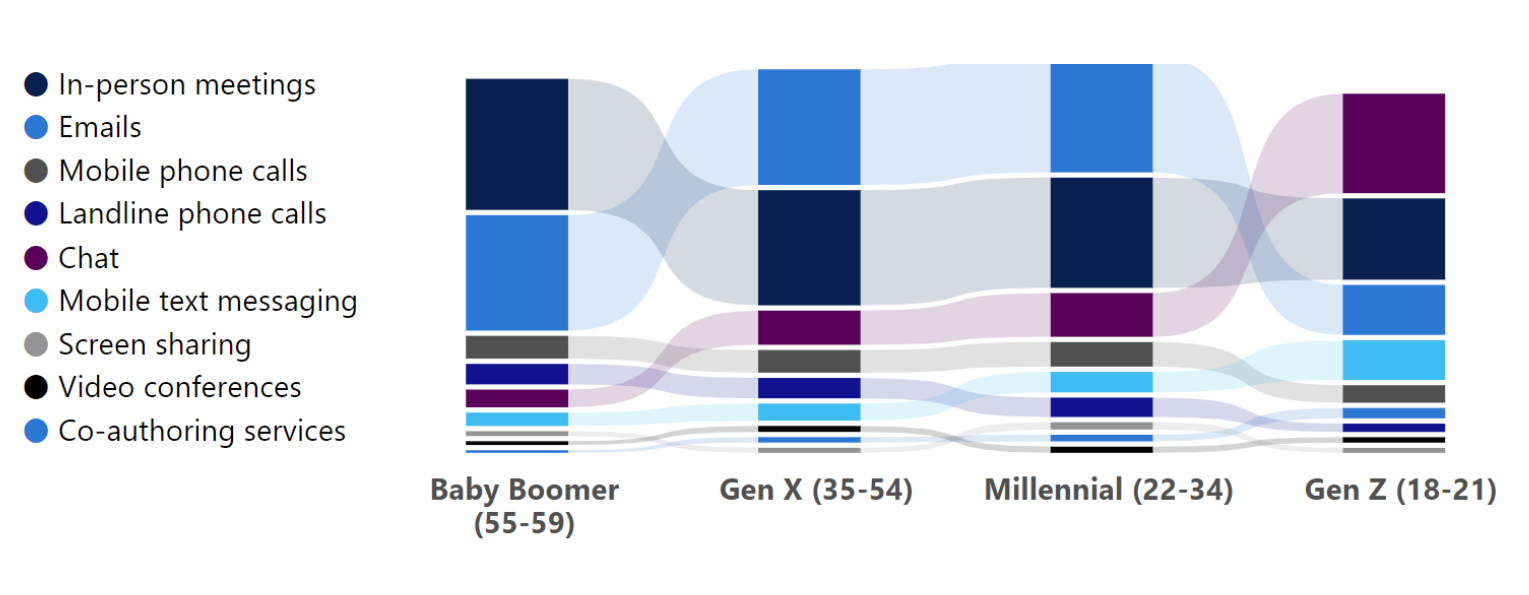
Figure 3 – Methods of Collaboration Across Generations
The Tools
In the past, a single solution like SharePoint was hailed as a Swiss Army knife, providing a vast array of functionality in an attempt to meet all collaboration needs. That is no longer the case, nor the approach going forward. Now, solutions must focus on how people collaborate, on what types of devices, and how to enable them to do so easily and efficiently.
The available solutions from Microsoft are all integrated with Office 365, provide capabilities for specific areas, and let users collaborate from anywhere, at any time. The following information maps the previously listed collaboration methods to the available tool or tools:
- Developing documents, presentations, and spreadsheets

- Email and calendaring
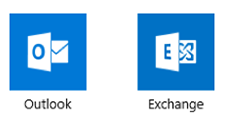
- File storage and sharing
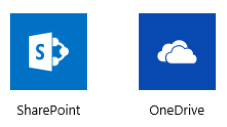
- Online meetings and business voice
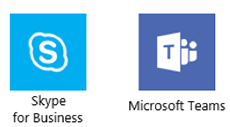
- A hub for teamwork
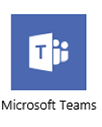
- Intranets; team and project sites
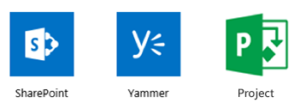
- Business process automation
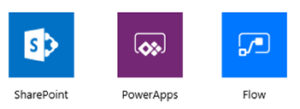
- Enterprise social networks
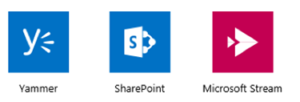
- Content delivery or services

- Digital storytelling

In Summary
Meeting collaborative needs for a business may involve more than any one of these solutions or tools. One scenario may be using Teams to facilitate collaboration between small teams, through use of the Files tab where users can store files within the Teams application. Yes, Teams utilizes SharePoint on the back-end to store that content; however, the interface and manner in which people collaborate is very different than if they were using a SharePoint team site.
Another more complex scenario could be that a company wishes to automate the way they handle their multimedia content. This could involve multiple Microsoft or 3rd party SaaS apps, including SharePoint, OneDrive for Business, Flow, and Stream. Utilizing the automation application, Flow, organizations can set up customized workflows. For example, an end user uploads content into OneDrive, which automatically adds it to their SharePoint team site and routes it to a copy editor for approval. Once approved, the content is posted to Twitter or published to the company’s Stream application. Microsoft is providing organizations more control over their content and enhancing the efficiency of how businesses operate on a daily basis.
In order to provide the ideal collaboration solution for your users, you need to understand the tools available and what they’re designed to facilitate. It’s also important to get a clear picture of what your users are collaborating on and which tools they find most appealing to use. We hope to discuss the best ways for determining which tools are the right fit for your organization in a future post—so watch this space!
